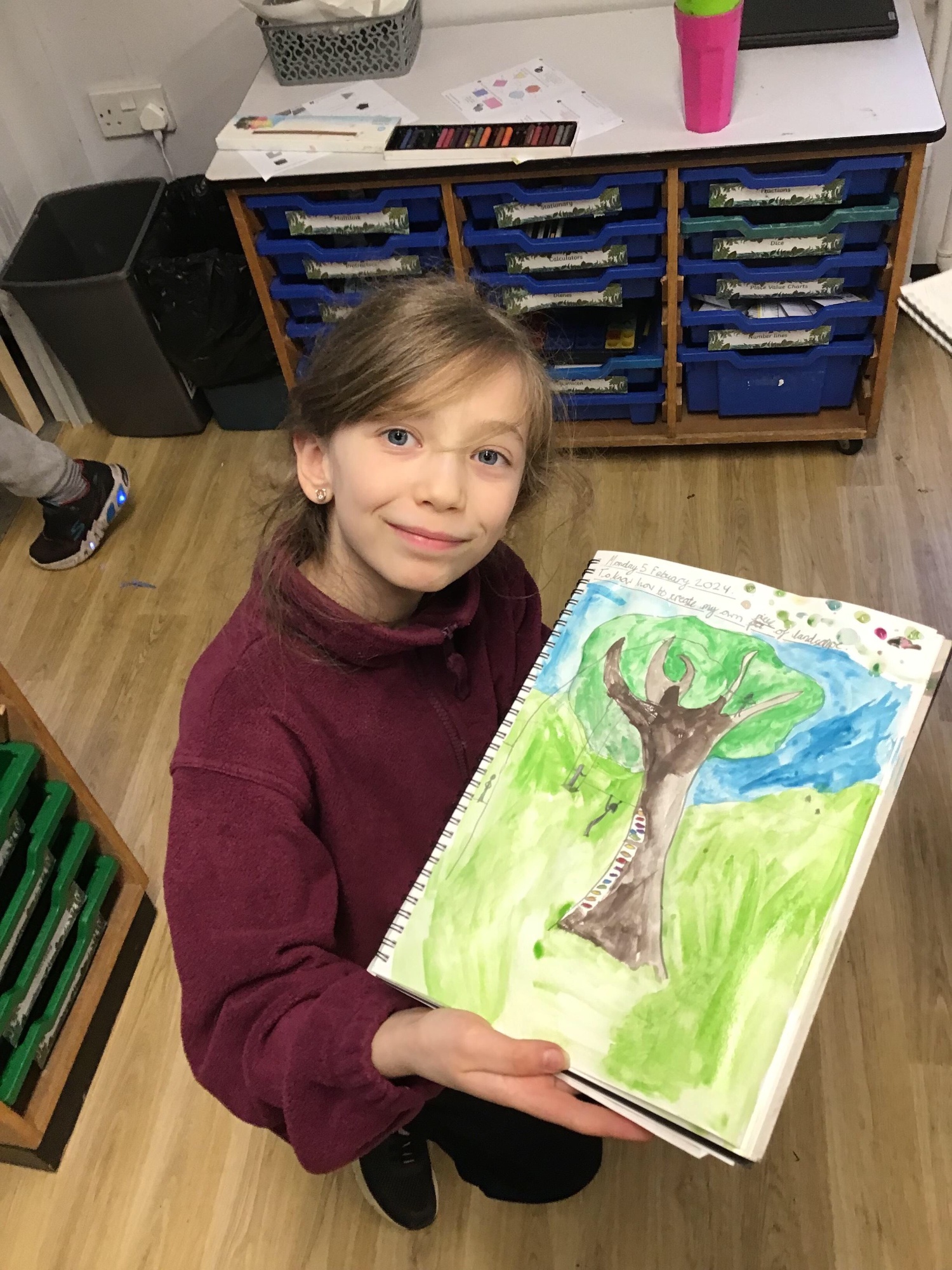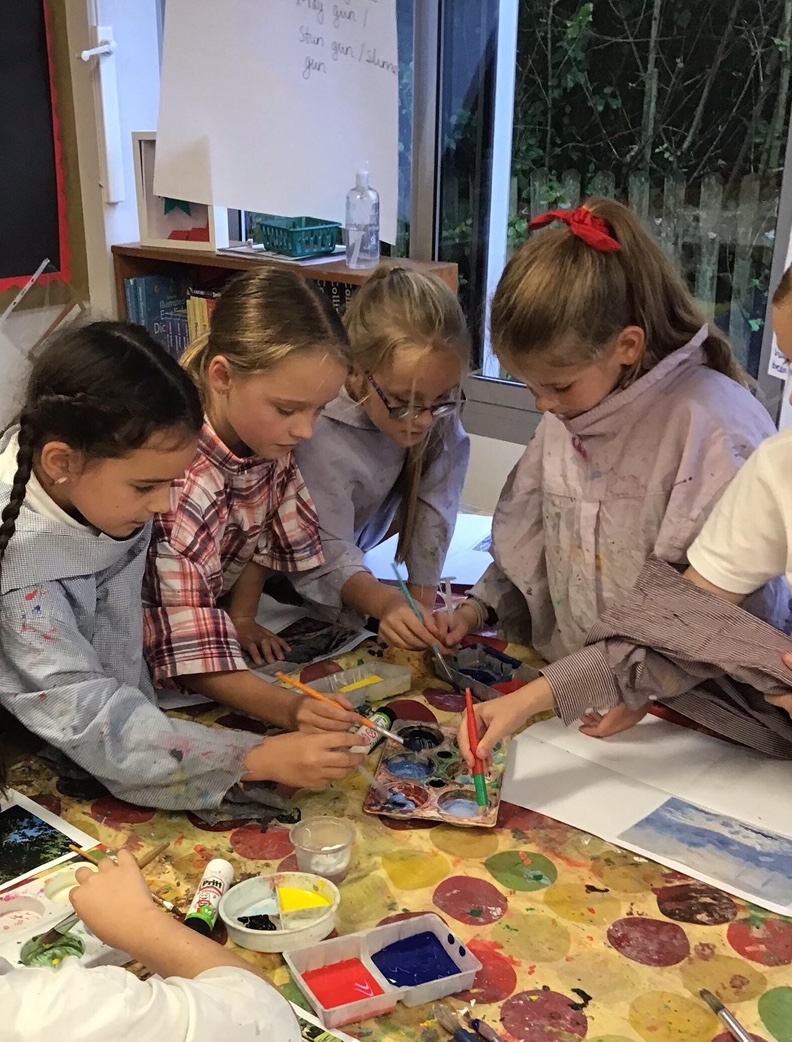Art
There is an ambitious curriculum set for Art, supporting teachers to implement it through high-quality lessons and checking that everything is helping children to know more, remember more and do more.
If you would like more information in addition to that published on this page, please contact your class teacher.
Purpose of Study
Art, craft and design embody some of the highest forms of human creativity. A high-quality art and design education should engage, inspire and challenge pupils, equipping them with the knowledge and skills to experiment, invent and create their own works of art, craft and design. As pupils progress, they should be able to think critically and develop a more rigorous understanding of art and design. They should also know how art and design both reflect and shape our history, and contribute to the culture, creativity and wealth of our nation.
Aims
The National Curriculum - Art key stages 1 to 2
- Produce creative work, exploring their ideas and recording their experiences
- Become proficient in drawing, painting, sculpture and other art, craft and design techniques
- Evaluate and analyse creative works using the language of art, craft and design
- Know about great artists, craft makers and designers, and understand the historical and cultural development of their art forms.
Oakfield's Approach
Inspirational People
At our school, we believe in using the power of inspiration to help shape the thinking and curriculum design of our students. That's why we have taken inspiration from successful and influential people who have made a significant impact in their respective fields. By studying their stories, we aim to inspire our pupils to aim high and achieve their own goals. We have carefully curated a list of inspirational figures, including scientists, artists, entrepreneurs, and activists, to name a few. We have analysed what made them successful and incorporated their values, principles, and strategies into our curriculum design to provide our students with the tools they need to succeed. By doing so, we hope to empower our students to dream big and achieve greatness.


Intent
We are setting out to help our pupils be ...
-
Skillful - Children become proficient with a diverse range of skills and techniques.
-
Excited - Children love to produce creative art work and explore their own ideas.
-
Resilient - Children are resilient and enjoy art even when it is not perfect.
-
Cultured - Children learn about great artists from a variety of cultures throughout history and in the world today.

Implementation
We will do this by ensuring ...
-
A variety of experiences - Children gain a variety of real life experiences through visitors and trips.
-
Children have a broad and balanced curriculum - A broad and exciting curriculum that is engaging for children.
-
Giving children time - Allow children time to make and explore without expectations first.
-
Children have a broad and balanced curriculum - Content is taught progressively, looking at different artists in each year group.
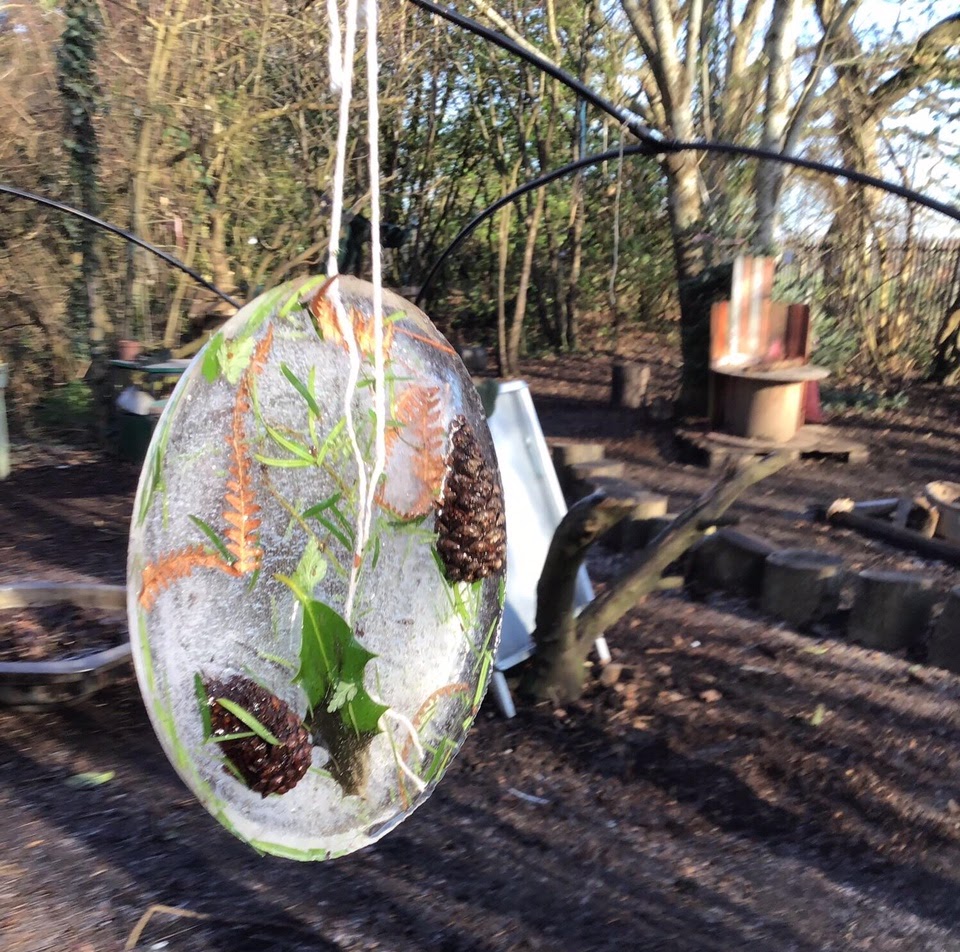
Impact
We will have made a difference when ...
-
Children value the arts - Children see value in the arts and see artistic careers as viable options.
-
Children enjoy the arts - Children enjoy their art learning and are proud of what they can produce.
-
Children are brave - Children are free to make mistakes and try new ideas.
-
Children can show what they know - All children are taught a varied curriculum and show a clear understanding of threshold concepts.
Threshold Concepts
These are our big takeaways called ‘threshold concepts’ - an overview of what we want pupils to know. They are the same for every year group and help us to ensure we build learning on the same ideas, that way we help children to be able to remember more meaningful connections rather than remembering isolated facts.
-
Artists can use their skills to show art in different ways.
-
Artists use materials together or alone to create pieces of art.
-
Ideas can be practised and developed before creating a final piece.
-
Art can be analysed and evaluated to improve.
-
Some materials are malleable and can be manipulated to create products.
-
Different materials can create different textures.
-
Some colours can be made and changed my mixing.
-
Different types of pen and pencil can create different lines.
-
Prints are transferable and can be made with different materials.
-
Art can be made using natural materials and is not permanent.
-
Art can be inspired by drawing or painting what you can see in the landscape.
-
Art can be compared by the similarities and differences of different elements.
-
Art has been created by significant people and has significant time influences.

Progression on a Page ...
Here is an overview of what we expect children to be taught, know and do by the end of each year group.
Year R
-
In Reception Year, children are encouraged to engage in a variety of art activities to develop their creativity and explore the world around them. They are given access to a range of materials, tools and techniques that are safe and appropriate for their age group.
-
The aim is for children to experiment with these materials, tools and techniques in order to learn about colour, design, texture, form and function. This helps to develop their fine motor skills, hand-eye coordination and their understanding of spatial relationships.
-
As they work, children are encouraged to talk about their creations, explaining the process they have used. This helps to develop their communication and language skills, as well as their ability to think critically about their work.
-
When it comes to sharing their creations, children are given the opportunity to display them in the classroom or to take them home to show their families. This helps to build their confidence and pride in their work, as well as providing a sense of accomplishment.
Year 1
-
Children will be begin to design and make art to express ideas and communicate their ideas before making.
-
They will learn to make simple prints, manipulate malleable materials and use textural materials.
-
They will use pencils to create different lines and identify and use primary colours in their art. They will begin to draw from observation.
-
Finally, children will explore significant artists and begin to evaluate art with likes and dislikes.
Year 2
-
Children will now begin to select the best materials to develop their ideas and create initial sketches.
-
They will learn to press objects into malleable materials, create a range of textures, and develop block prints.
-
Children will use pencils to create different patterns and lines and be able to identify and mix secondary colours.
-
Children will continue to draw from observation with more attention to detail.
-
Finally they will analyse significant artwork using artistic vocabulary.

Year 3
-
Children will use and combine a range of visual elements in artwork.
-
They will use sketches to communicate an idea or experiment with a technique.
-
Children will learn to create 3D form, weave different materials and make two colour prints.
-
Children will add tone to a drawing with pencil. They will identify, mix and use contrasting colours.
-
Finally, children will suggest ways to improve artwork and compare artists, architects and designers, identifying significant characteristics.
Year 4
-
Children will develop techniques through experimentation to create art.
-
Children will create a detailed 3D form, use pen, ink and charcoal to create a range of effects, and combine printmaking techniques to create a print on a theme.
-
They will develop ideas with a series of sketches for mastery of a technique.
-
Children will give constructive feedback about ways to improve a piece of artwork.
-
They will identify, mix and use warm and cool colours.
-
Finally they will compare and contrast artwork from different times and cultures, explaining the significance of art, architecture or design from history.
Year 5
-
Children will produce creative work on a theme, developing ideas through a range of sketches, reviewing and revisiting sketches to improve ideas.
-
They will learn to create 3D form using a range of tools, techniques and materials.
-
They will mix and use tints and shades of colours, use pen and ink to add perspective, light and shade to a composition, and add text to a print.
-
Finally children will compare and comment on the ideas, methods and approaches in their own and others’ work and describe how different artists and cultures have used a range of visual elements in their work.

Year 6
-
Children will create art that has personal, historic or conceptual meaning by gathering, recording and developing ideas from a range of sources to create a mood board to inform their thinking.
-
Children will learn to create 3D form in the style of a significant artist, use colour palettes and an artistic movement in artwork.
-
They will use line and tone to draw perspective.
-
Finally, children will adapt and refine artwork in light of constructive feedback and compare and contrast artists’ use of perspective, abstraction, figurative and conceptual art.
Units of Learning...
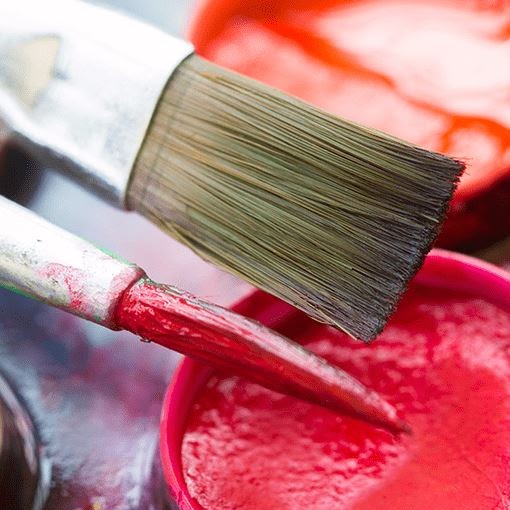
Year 1 - Autumn
Mix It
This teaches basic colour theory by studying the colour wheel and colour mixing. It includes an exploration of primary and secondary colours and how artists use colour in their artwork.

Year 1 - Autumn
Funny Faces & Fabulous Features
This teaches the concept of the portrait and how the collage technique can be used to make a portrait.

Year 1 - Spring
Rain & Sunrays
This project teaches children about collagraph printing, including how to develop a motif to make single and repeated prints.

Year 1 - Summer
Street View
This project teaches children about artwork depicting streets and buildings and focuses on the work of the American pop artist, James Rizzi. They create a 3-D mural based on Rizzi's work.

Year 2 - Autumn
Exploring Colours
This project teaches children about basic colour theory by studying the colour wheel and colour mixing. It includes an exploration of primary and secondary colours and how artists use colour in their artwork.

Year 2 - Autumn
Still Life
This project teaches children about the work of significant still life artists and still life techniques. They explore a wide variety of still lifes and learn about the use of colour and composition. They create still life arrangements and artwork.

Year 2 - Spring
Flower Head
This project teaches children about the visual elements of flowers, including shape, texture, colour, pattern and form. They also explore various artistic methods, including drawing, printmaking and 3D forms, using paper and clay.
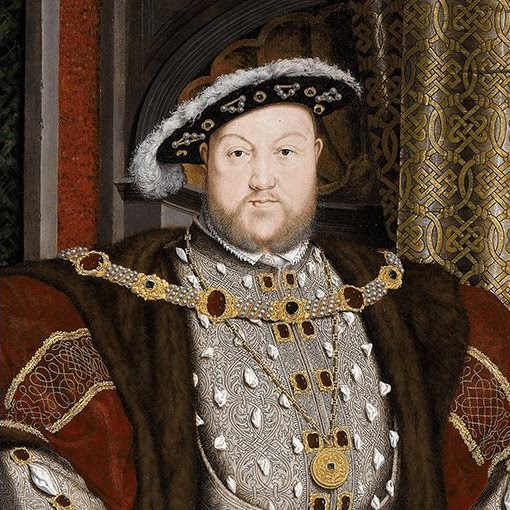
Year 2 - Summer
Portraits & Poses
This project teaches children about portraiture. They analyse the portraits of Tudor monarchs and compare Tudor portraits and selfies today. They use photo editing software to create royal portraits.

Year 3 - Autumn
Contrast & Complement
This project teaches children about colour theory by studying the colour wheel and colour mixing. It includes an exploration of tertiary colours, warm and cool colours, complementary colours and analogous colours, and how artists use colour in their artwork.

Year 3 - Autumn
Prehistoric Pots
This project teaches children about Bell Beaker pottery. It allows the children to explore different clay techniques, which they use to make and decorate a Bell Beaker-style pot.

Year 3 - Spring
Ammonite
This project teaches children about artistic techniques used in sketching, printmaking and sculpture.

Year 3 - Spring
Urban Pioneers
Explore the culture and environment of city life. Children develop their knowledge of building design, urban art and photography, and learn how to improve urban environments.
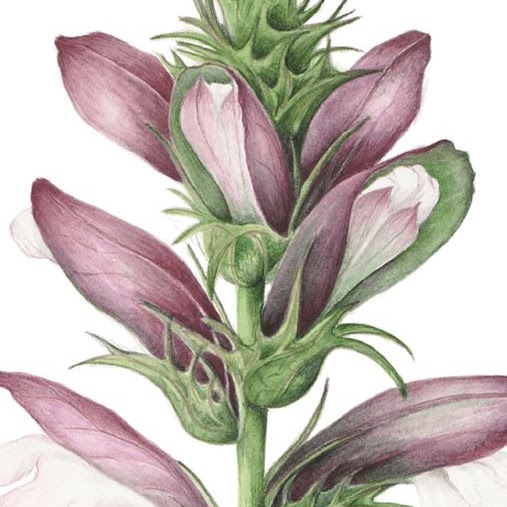
Year 3 - Summer
Beautiful Botanicals
This project teaches children about the genre of botanical art. They create natural weavings, two-colour prints and beautiful and detailed botanical paintings of fruit.

Year 3 - Summer
Mosaic Masters
This project teaches children about the history of mosaics, before focusing on the colours, patterns and themes found in Roman mosaic. The children learn techniques to help them design and make a mosaic border tile.

Year 4 - Autumn
Contrast & Complement
This project teaches children about colour theory by studying the colour wheel and colour mixing. It includes an exploration of tertiary colours, warm and cool colours, complementary colours and analogous colours, and how artists use colour in their artwork.
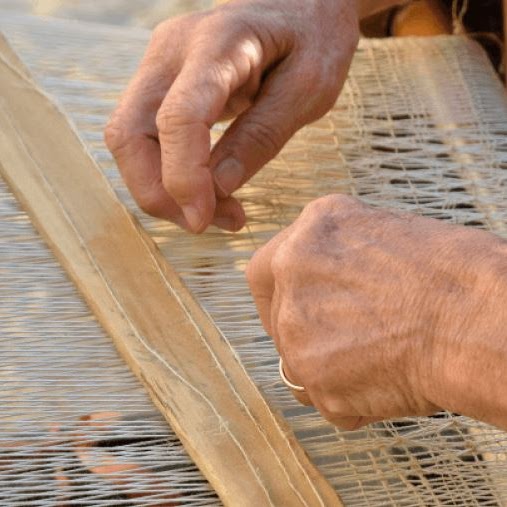
Year 4 - Spring
Warp & Weft
This project teaches children about the artform of weaving and how it has developed over time, including the materials and techniques required to create woven patterns and products.

Year 4 - Spring
Vista
This project teaches children about the techniques that artists use when composing landscape images, such as colour and atmosphere.
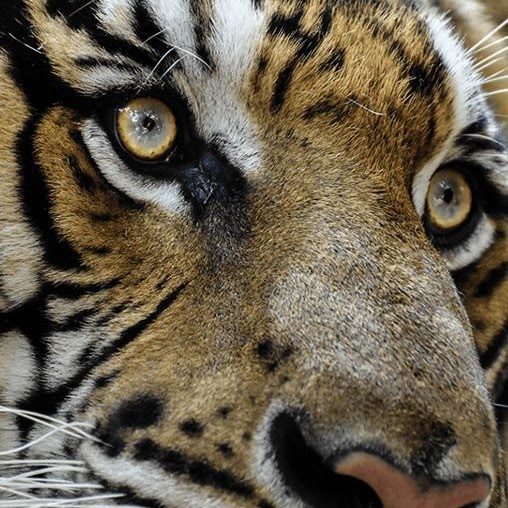
Year 4 - Spring
Animal
This project teaches children about the historical and cultural portrayal of animals in art. They study the visual qualities of animals through sketching, printmaking and clay modelling.

Year 4 - Summer
Statues, Statuettes & Figurines
This project teaches children about the 3D representation of the human form, including statues, statuettes and figurines. They study examples from ancient civilisations, and use their clay skills to create a Sumer-style figurine.

Year 4 - Summer
Islamic Art
This project teaches children about the features of Islamic art. They make geometric patterns and motifs on paper, with fabric and in clay. They use their learning to create a high relief clay tile, decorated with geometric patterns.

Year 5 - Autumn
Tints, Tones & Shades
This project teaches children about colour theory by studying the colour wheel and exploring mixing tints, shades and tones. They learn about significant landscape artworks and features of landscapes before using this knowledge to create landscape paintings.
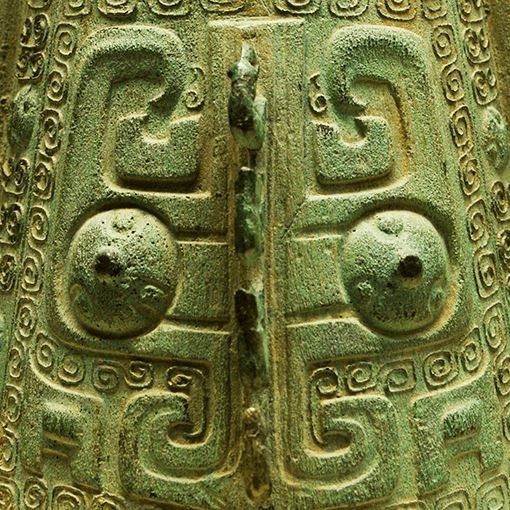
Year 5 - Autumn
Taotie
This project teaches children about the significance and art of the taotie motif, including ancient and contemporary casting methods.
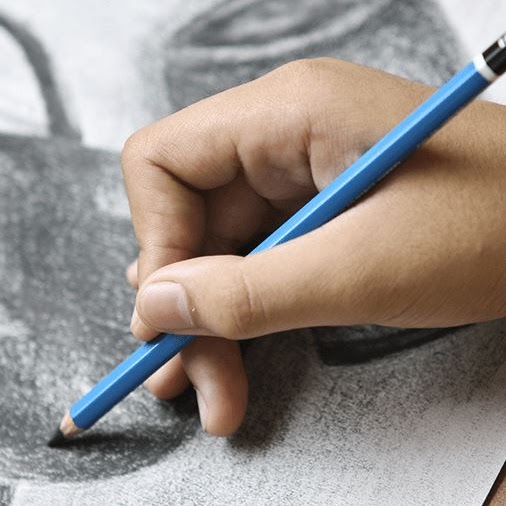
Year 5 - Spring
Line, Light & Shadows
This project teaches children about the visual qualities of line, light and shadow. They explore the work of Pablo Picasso and Rembrandt and are introduced to a range of shading techniques. They take black and white photographs and use pencil, pen and ink wash to reimagine their photographs in a shaded drawing..
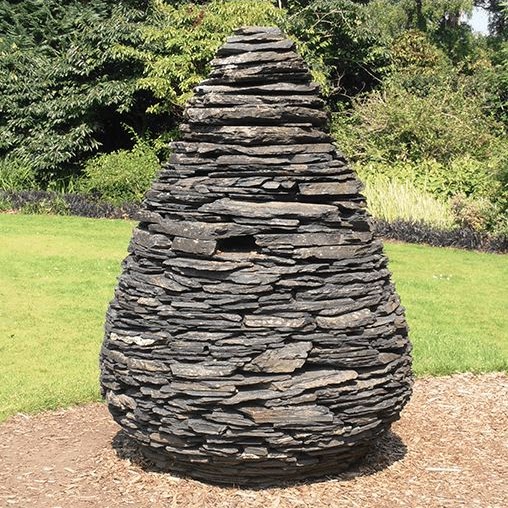
Year 5 - Spring
Nature's Art
This project teaches children about the genre of land art. They work outdoors to sketch natural forms and explore the sculptural potential of natural materials before working collaboratively to create land art installations.
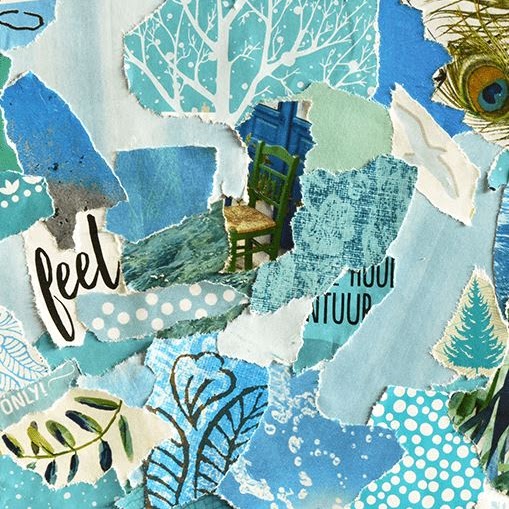
Year 5 - Summer
Mixed Media
This project teaches children about paper crafts, papermaking and collage techniques, including paper, fabric, mixed media and photo collage. They use their learning to create a final piece of small-scale, mixed media collage.

Year 5 - Summer
Expression
This project teaches children about the Expressionist art movement and the 'Father of Expressionism', Edvard Munch. They explore different ways to portray feelings and emotions in art to create an imaginative self-portrait.

Year 6 - Autumn
Tints, Tones & Shades
This project teaches children about colour theory by studying the colour wheel and exploring mixing tints, shades and tones. They learn about significant landscape artworks and features of landscapes before using this knowledge to create landscape paintings.

Year 6 - Autumn
Bees, Beetles & Butterflies
This project teaches children about sketchbooks, observational drawing, mixed media collage and Pop Art. They consolidate their learning to make a final piece of artwork inspired by bees, beetles or butterflies.

Year 6 - Spring
Inuit
This project teaches children about the Inuit way of life, including some of their cultural and artistic traditions.
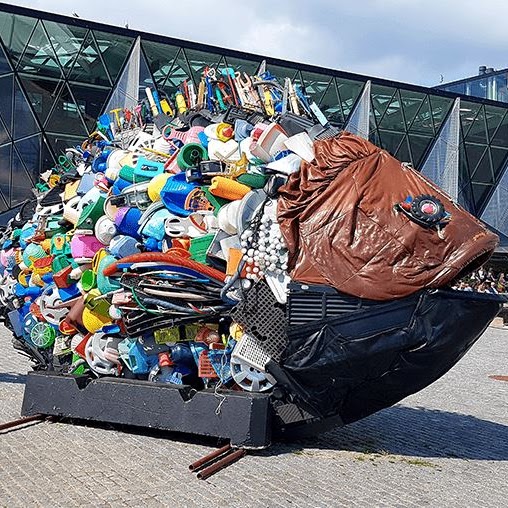
Year 6 - Spring
Environmental Artists
This project teaches children about the genre of environmental art. They study how artists create artwork that addresses social and political issues related to the natural and urban environment. Children work collaboratively to create artwork with an environmental message.

Year 6 - Summer
Distortion & Abstraction
This project teaches children about the concepts of abstraction and distortion. They study the visual characteristics of abstraction and create a musically-inspired, abstract painting.

Year 6 - Summer
Trail Blazers, Barrier Breakers
This project teaches children about significant black artists and their work, and provides opportunities to analyse and create artwork inspired by them.
Detailed Progression in Art
Hares of Hampshire
In 2022 we took part in the Hares of Hampshire Art Trail. We introduced the project to the children in assembly and ran a competition to design our own leveret. Miss Lycett looked at the entries along with Mr Mitton and Miss Bray and chose a Year 5 pupil as the winner. Her design was based on 'Alice in Wonderland' and we used this design to decorate the leveret. Every child in school was involved. They each made a green hand print and stuck it on the base of the leveret.
Over the summer, many of the children took part in the trail and were delighted to spot our leveret on show in The Marlands shopping centre. It has since been returned to school and currently lives outside the library.






